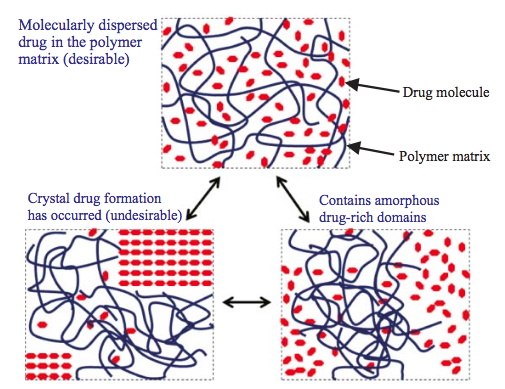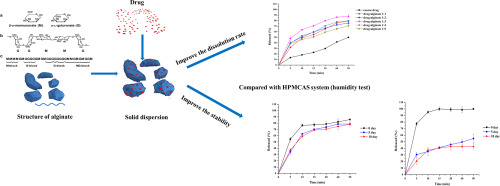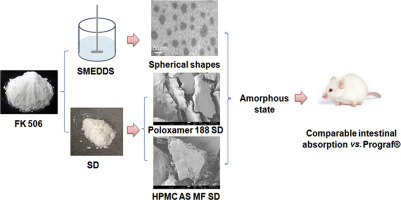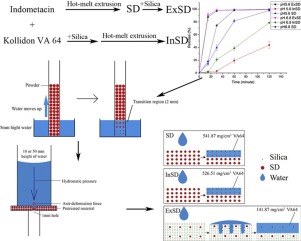- Home
- Blog
- News
- Basics
- Sources
- Agencies, Regulatory & Organisations
- CERSI Excipients Browser
- Excipient Report
- Excipient DMF List
- EXCiPACT Certified Companies
- Excipient Documentation
- Excipient EINECS Numbers
- Excipient E-Numbers
- FDA Inactive Ingredient List
- FDA GRAS Substances (SCOGS) Database
- IPEC Americas
- USP - U.S. Pharmacopeia
- Definitions
- Whitepapers / Publications
- Supplier
- Services
- Media
- Events
- 1st pharmaexcipients Poster Award
- Event Calendar
- Events featured by pharma-excipients
- 4th Annual Formulation & Drug Delivery Congress
- DDF Summit
- ExcipientFest Americas
- ExcipientFest Asia
- Global CompliancePanel
- International Conference and Exhibition on Pharmaceutics & Novel Drug Delivery Systems
- Formulation & Drug Delivery USA Congress
- Laboratory Medicine 2018
- Making Pharmaceuticals Europe
- Making Pharmaceuticals Exhibition
- Pharma Integrates
- PharmaExcipients China @CPhI China
- TTC Technology Training Center
- Jobs
- Online Sourcing
- Contact
08. August 2018
Telmisartan (TS) have developed for the treatment of hypertension as the angiotensin II receptor blocker. TS belongs to class II drug in BCS classification and it has good permeability. But, it is poorly water soluble. Biological half-life of TS is 24 hours because it has not good bioavailability (only 42∼58%). The absorption of a drug is often limited by dissolution rate. Drug dissolution is important factor to the therapeutic efficacy of a medicine. Therefore, TS requires alternative...
05. May 2018
Along with the development of novel drug delivery systems the material science is also advancing. Conventional and novel synthetic or natural excipients provide opportunities to design dosage forms of the required features including their bioavailability.
20. January 2018
A solid dispersion is a dosage form in which an active ingredient (a drug) is mixed with at least one inert solid component. The purpose of the inert component is usually to improve the bioavailability of the drug. In particular, the inert component is frequently chosen to improve the dissolution rate of a drug that is poorly soluble in water.
08. January 2018
The objective of this study was to explore the feasibility of using alginate as a promising diphase solid dispersion carrier to enhance dissolution rate of BCS II drugs with improved stability. Taking lovastatin and indomethacin as model drugs, solvent evaporation method was used to prepare solid dispersions.
11. December 2017
This study aimed to compare the dissolution and the intestinal absorption of tacrolimus in self-microemulsifying drug delivery system (SMEDDS) and solid dispersion (SD). Poloxamer 188 SD was prepared by the combination of the solvent evaporation method and the freeze drying method. Hydroxypropyl methylcellulose (HPMC) SD was prepared by the solvent evaporation method combined with the vacuum drying method.
23. November 2017
The solubility behavior of drugs remains one of the most challenging aspects in formulation development. Solid dispersions (SD) and inclusion complexes (IC) are two of the most promising strategies to improve the oral bioavailability of poorly water-soluble drugs. Cyclodextrins (CDs) are cyclic carbohydrates of natural origin with a hydrophobic cavity and hydrophilic exterior.
14. November 2017
Poorly water-soluble drugs are a significant and ongoing issue for the pharmaceutical industry. An overview of recent developments for the preparation of spray-dried delivery systems is presented. Examples include amorphous solid dispersions, spray dried dispersions, microparticles, nanoparticles, surfactant systems and self-emulsifying drug delivery systems.
13. November 2017
Amorphous solid dispersions (SDs) are considered as one of the most effective strategies for the formulation of poorly water-soluble compounds. The active compound is dispersed in an inert carrier composed of a polymer and active excipients. Since the drug is amorphous, there is typically an increase in apparent solubility as well as dissolution rate. Various methods are employed for manufacturing of SDs, nevertheless, hot-melt extrusion (HME) has become one of the most common process techniques
30. October 2017
The purpose of this work was to investigate the effect on the dissolution behavior when silica was added in different ways. The solid dispersion was prepared by hot-melt extrusion (HME) using indomethacin (IND) as a model drug and Kollidon VA64 as a carrier.
12. October 2017
Solid dispersion formulation is a promising method to maintain in vivo drug solubility and to improve drug efficacy. However, the exact drug stabilization and release mechanisms of the solid dispersion formulation are unclear.









